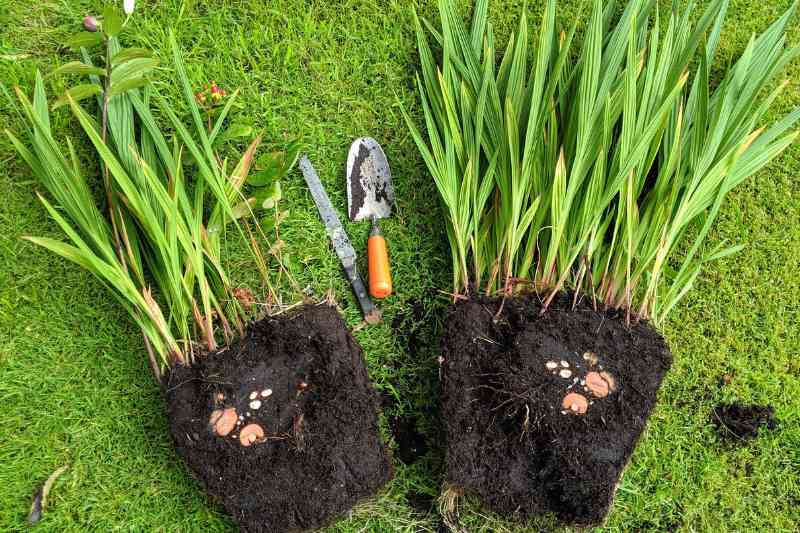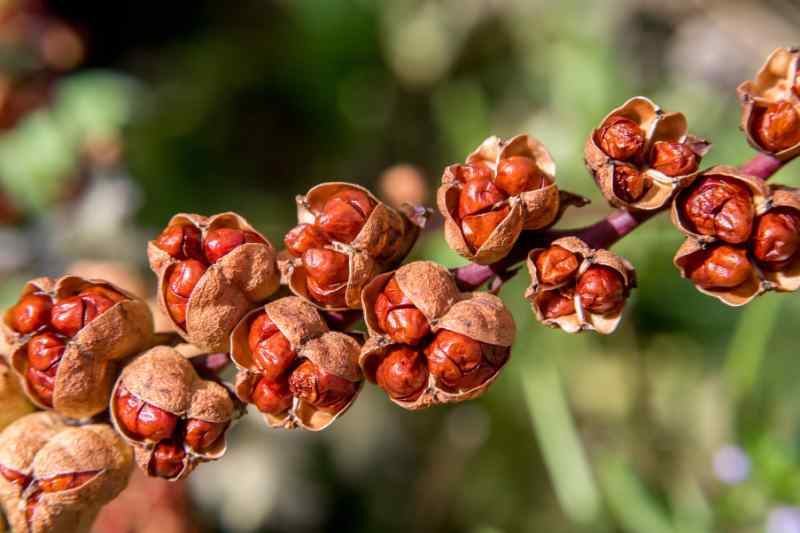Crocosmias, formerly called montbretia, are perennial stars of summer borders, producing their sunny orange flowers in high season. After a few years, they form a clump that should be divided so pieces can be replanted elsewhere and clump regenerated.
In this tutorial, I explain the best methods to multiply them easily.

Why divide Crocosmias?
Under good growing conditions, divide every three or four years, because Crocosmia clumps develop gradually via their corms (bulbs) which eventually become too crowded. Plants flower less. Divide therefore to regenerate clump that has become oversized.
By dividing clumps: from the corms
This is the most common and simplest method for gardener. It takes little time and gives by far best success rate for obtaining new plants. Simply recover new corms produced by plant at edge of clump.
When? : before growth period, in early spring, between March and May. Can also be done in early autumn if spring opportunity missed.
How? :
- Lift clump gently using fork-spade. Dig wide enough, leaving space around clump to avoid damaging cluster of corms. Lift whole rootball without harming roots, and remove some shoots at periphery
- Divide clump into several sections using hands or clean knife. Each section should have several shoots and new corms (those situated above) and a good root system.
- Replant each division in prepared spot with good compost, at 20 cm spacing.
- Water well after planting to help establish new plants. These new young plants can also be potted.

By sowing
Finally, try sowing from seeds that reach ripeness at end of summer, but be aware that most varieties from hybridization will not necessarily produce clones true to parent for colour or size (which can sometimes bring pleasant surprises!), and above all flowering will occur at least two to three years later. Germination rate can also be low...
When?: in early autumn with ripe seeds.
How to sow crocosmias?
- Harvest seeds when fully dry, in early autumn
- Soak them for 24 h to soften tough seed coat and encourage germination
- Sow seeds immediately in pots or seed trays filled with light substrate (compost + sand), and cover seeds lightly with thin layer of compost
- Place under cold frame. Keep compost moist but not waterlogged until seeds germinate
- First leaves appear in spring.
- Pot on young plants into individual pots and let them grow before planting out once risk of frost has passed.































Comments